

Diagnosis - Lenses of Leadership
Instructions
SLIDE XX: DIAGNOSIS IN ACTION
We’re going to dig in to complex adaptive systems, and first step is to sharpen our ‘systems intelligence’.
SLIDES XX: DIAGNOSIS AND ACTION
Observation – Interpretation – Interpretation.
NB: Please watch a video of this being presented: https://youtu.be/xIJAq2104SU
(Go to 1hr and 9 mins). Very brief summary of key steps however is below:
SLIDE 27: DIAGNOSIS AND ACTION
In order to understand change, we have to better understand how organisations and ‘change’ really works. Otherwise we may be influencing for the wrong outcomes.
We’re going to dig in to complex adaptive systems, and first step is to sharpen our ‘systems intelligence’ - or being able to tell complicated from complex.
What is the difference between observation and interpretation?
SLIDE XX:
Observation is....
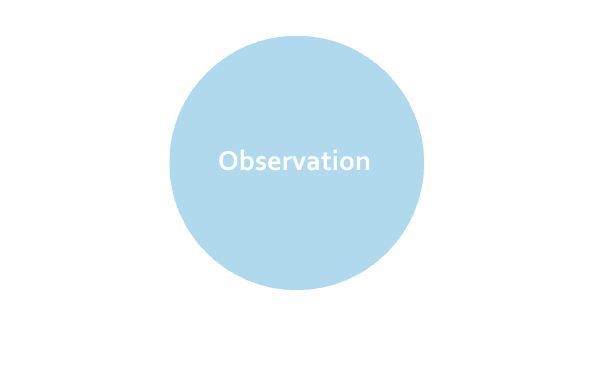 Quick practice...What observations would you make of the group right now?
Quick practice...What observations would you make of the group right now?
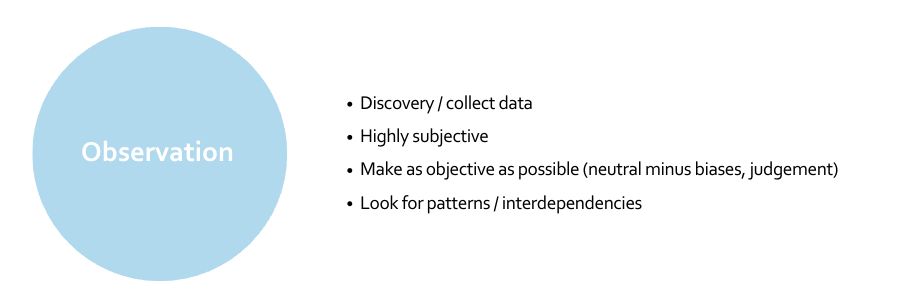
SLIDE XX:
What is interpretation in the context of change? What do we need to consider?
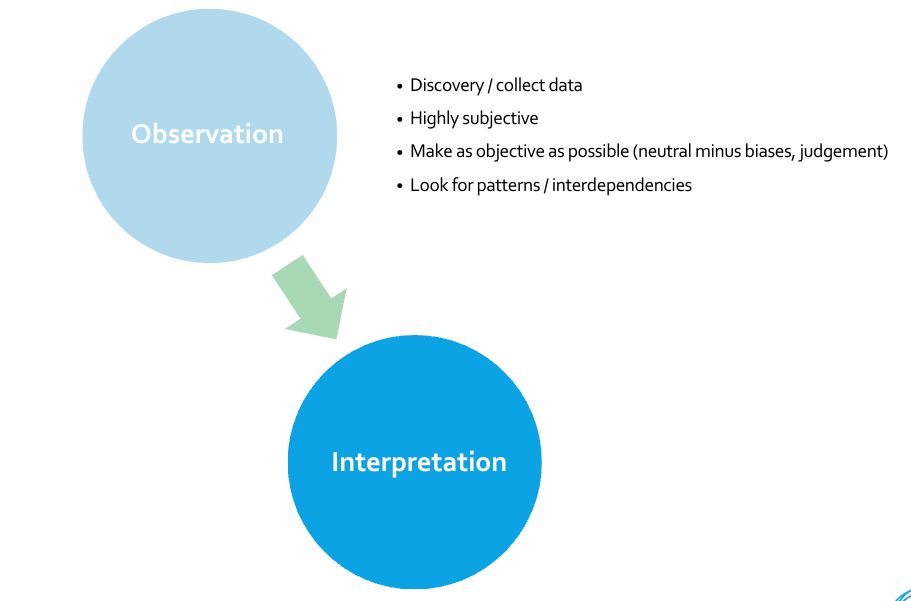
SLIDE XX:
Interpretation is....
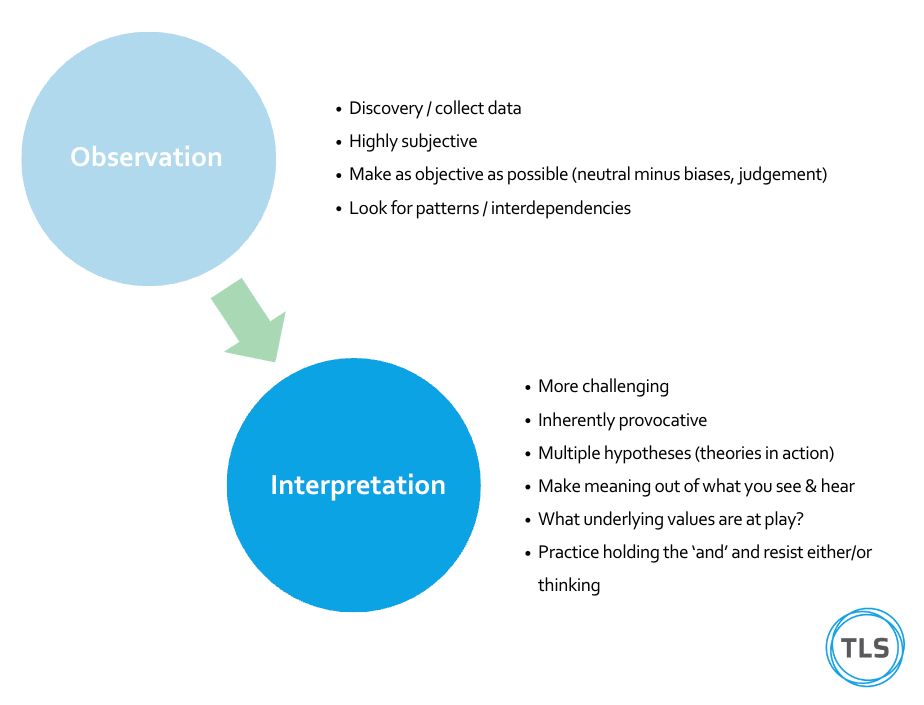
SLIDE XX:
What is intervention?
Discussion.
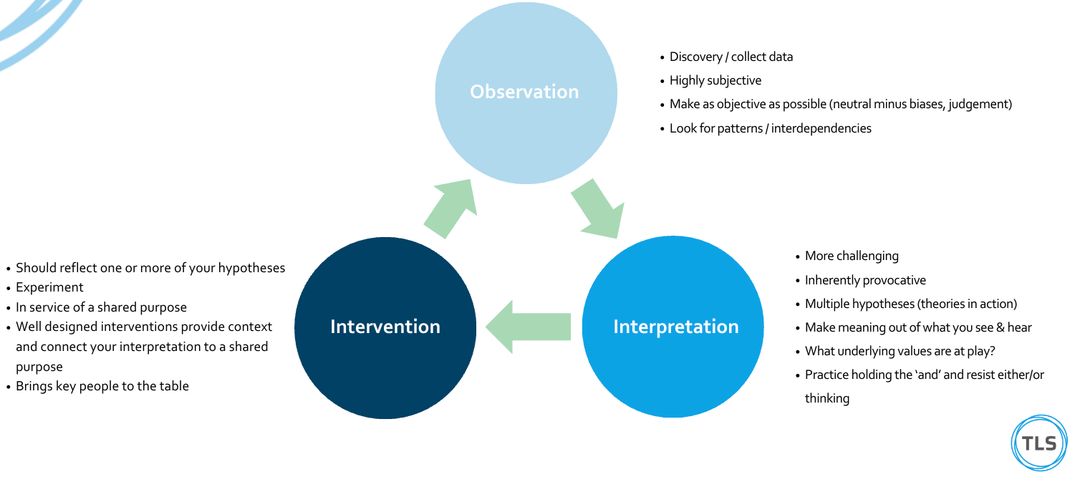
SLIDES XX: TRADITIONAL VERSUS SYSTEMS THINKING
Traditional thinking is linear and predictable. We pull lever ‘A’ and the result is ‘B’.
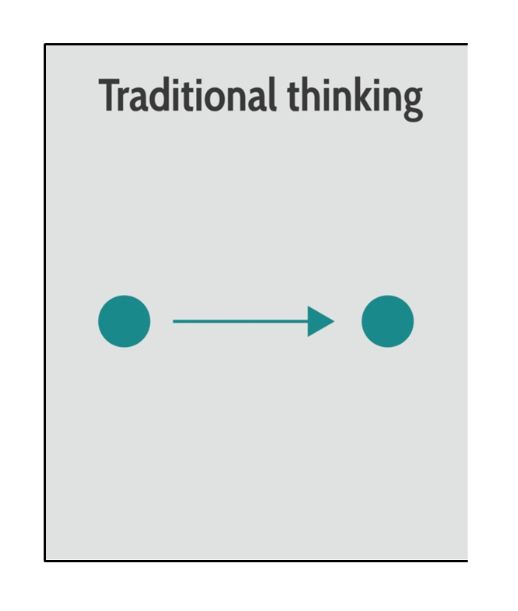
Systems thinking on the other hand is the opposite, it is non-linear and is not predictable. It is messy. The only way we can really understand systems properly is by interacting with them.
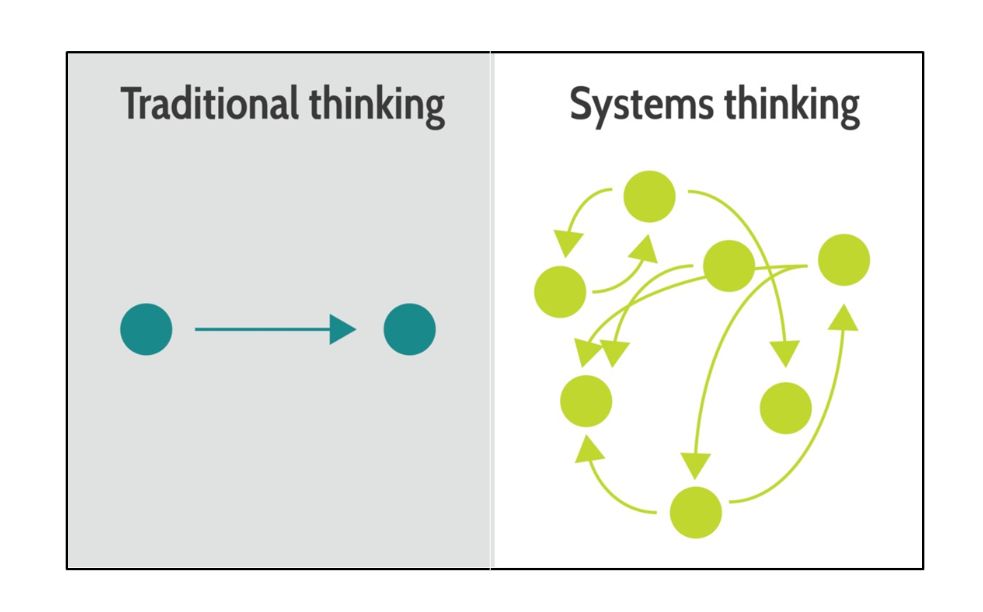
How could this way of thinking apply to your projects/your work?
SLIDES XX: LENSES OF LEADERSHIP
SLIDE 35: TITLE
Often the default interpretations people use to explain problematic realities conveniently serve to shield them from the need for them to change. In any organization of human beings, people will tend to glom onto interpretations of reality that do not call for them to take personal responsibility for the problem.
The three lenses we will now talk about shows the shifts in interpretation that people in an organisation must experience before they can effectively grapple with an adaptive challenge. Your job in exercising adaptive leadership is first to wean people away from interpretations on the left-hand side of the chart (where people define problems as technical, benign, and individually caused). Then you need to nudge them toward interpretations on the right-hand side (where they define problems as adaptive, conflictual, and systemic).
SLIDE XX: BENIGN VS CONFLICTUAL

What does benign mean?
In the context of what we’re talking about, it means that we are not open to understanding how things connect or why events happen. You might hear someone who is demonstrating a benign interpretation say things like, “You shouldn’t read too much into it, it’s nothing.” Or “I don’t think it’s a problem, it’s always been that way.”.
A conflictual interpretation will be more focussed on what could be happening, so will be more curious and not land on one interpretation that may mean they don’t have take any action or have a hard conversation. It is very convenient to attribute someone’s actions to something benign and not worth worrying about.
In summary, if you can make interpretations that surface the conflictual aspects of the problem, you can lead people to begin identifying which losses are negotiable and which are not, engage in the courageous conversations needed to work through those conflicts, and create an environment in which the conflicts can be surfaced and managed so that new adaptations emerge.
SLIDE XX: PERSONAL VS SYSTEMIC
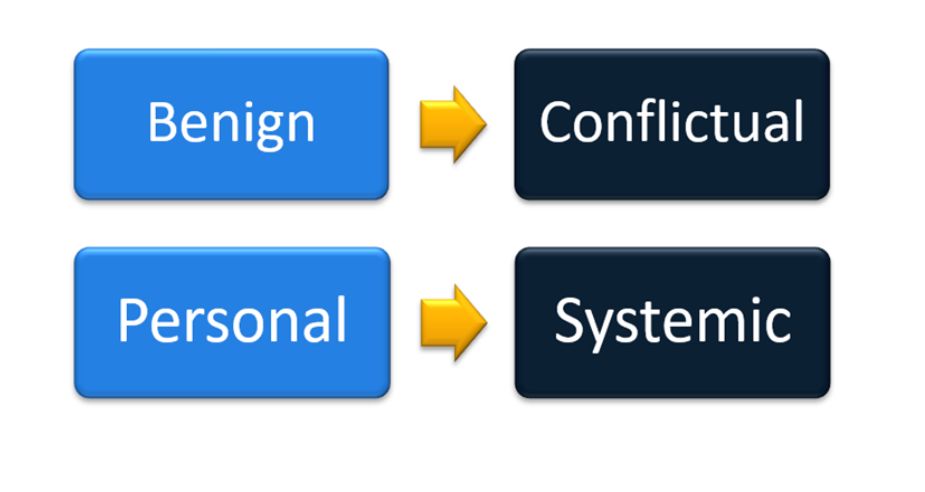
We often over-personalise things in business. For example, when we see conflict, we usually attribute it to a ‘personality clash’ or a ‘values mismatch’.
I was once asked to coach (it was really mediation) the Managing Partner and Chair of the Board for a global professional services company with more than 200,000 people. They had been publicly ‘waring’ for three years and everyone knew it. I was able to have a conversation with them that re-framed the conflict from ‘Personal’ to ‘Systemic’ in 30 minutes!
How?
The conflict was not actually about the two of them, it was about role and role clarity. There was effectively a clash in role understanding (in this case about expansion aspirations). Both didn’t see it as the other person’s role and were not authorised to do so. It had nothing to do with who they were as people.
Another example – I mentioned this at a keynote I was giving one time (small group) and an attendee at the back of the room let go a loud expletive! When I inquired what it was about, he shared that they had just sacked their Marketing and Sales Directors because they couldn’t collaborate, despite all our best efforts. He said, “I now see that this was actually about their roles and about them!”
What other ‘role fault lines’ exist? Do you have any in your organisation?
So, thinking systemically means thinking about the roles, relationships and patterns we see in organisations. Maybe the conflict we see between function A and B has nothing to do with people in the chairs, maybe it’s more about legacy issues, a lack of understanding of each functions’ role and purpose or something else?
In summary, if people see the issues as systemic rather than personal, they will begin to look for the leverage points in the system (such as a tradition of protecting underperformers or centralised control) as targets of attention to effect change. By making systemic interpretations, you can help them think politically and map the issue’s stakeholders, spot opportunities to build unusual alliances, and determine what is at risk for each stakeholder group.
SLIDE XX: ADAPTIVE VS TECHNICAL:
Heifetz distinguishes between “technical” and “adaptive” problems (hold on slides with no ‘answers’).
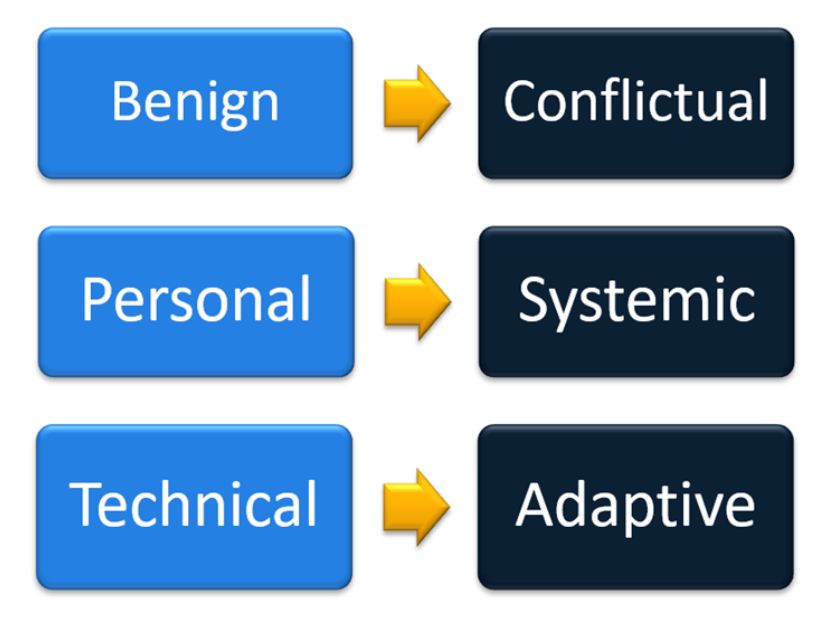
SLIDE XX: BREAKOUT (7 MINS IN PAIRS): WHAT IS THE DIFFERENCE?
Difference b/w adaptive and technical.
Note that the ‘answer’ will most likely be in their workbook, so you may want to prompt them not to cheat!
SLIDES XX: DIFFERENCE BETWEEN ADAPTIVE AND TECHNICAL
Draw out their discussion:
What did you discuss in your breakout rooms about the difference between technical and adaptive challenges?
The most common cause of failure in leadership is produced by treating adaptive challenges as if they were technical problems. What’s the difference?
While technical problems may be very complex and critically important (like replacing a faulty heart valve during cardiac surgery), they have known solutions that can be implemented
by current know-how. They can be resolved through the application of authoritative expertise and through the organisation’s current structures, procedures, and ways of doing things.
Adaptive challenges can only be addressed through changes in people’s priorities, beliefs, habits, and loyalties. Making progress requires going beyond any authoritative expertise to mobilise discovery, shedding certain entrenched ways, tolerating losses, and generating the new capacity to thrive.
A technical problem is generally a known problem, with a precedent and a solution while an adaptive problem is difficult to diagnose and has a much less obvious solution (see workbook for differences).
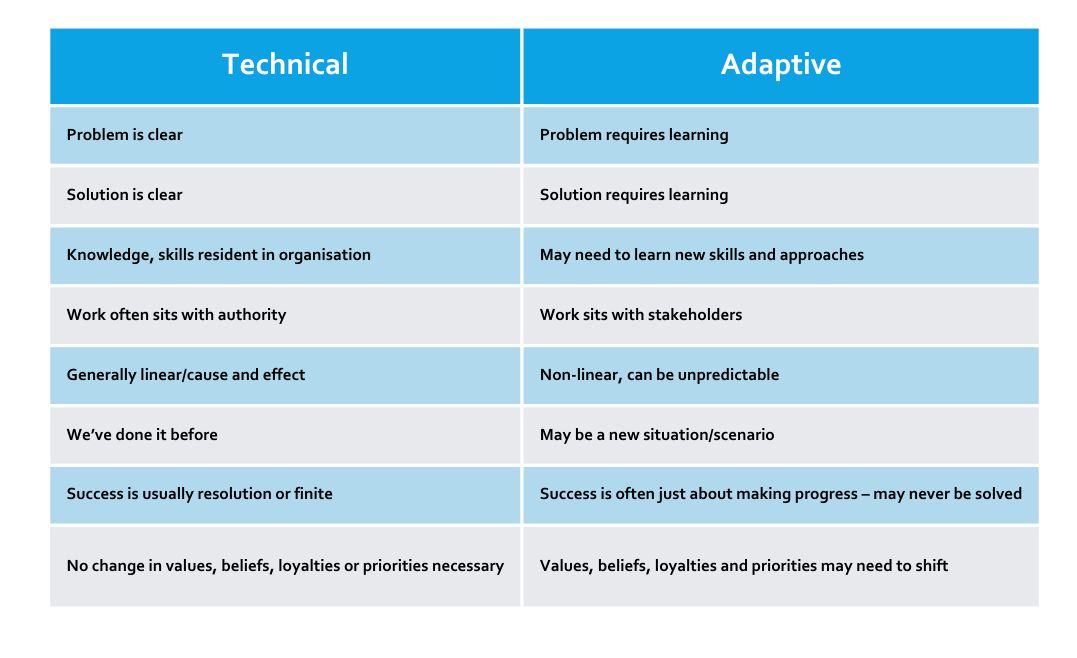
SLIDES XX: CASE STUDIES
Go through each of the four case studies fairly quickly to give them the hang of understanding the difference - drawing out the action their thinking where possible.
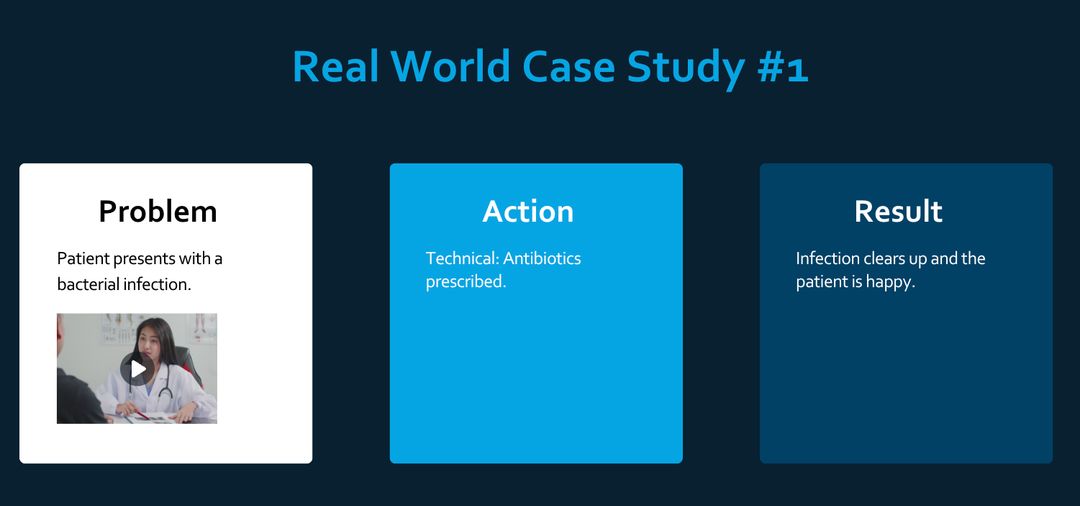
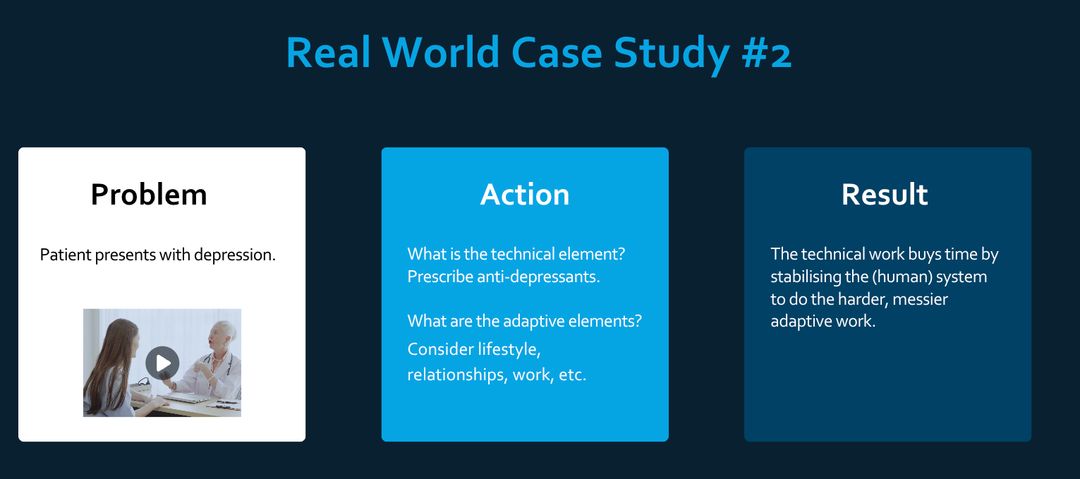
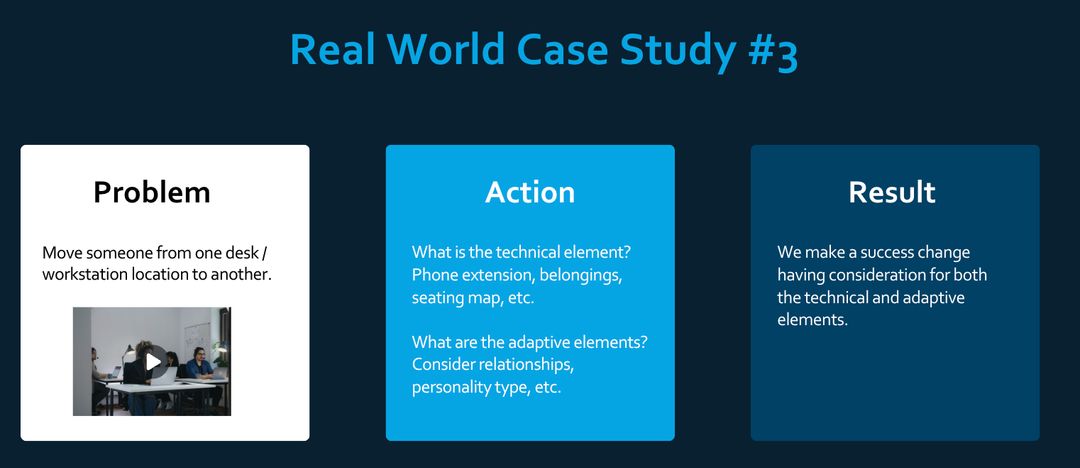
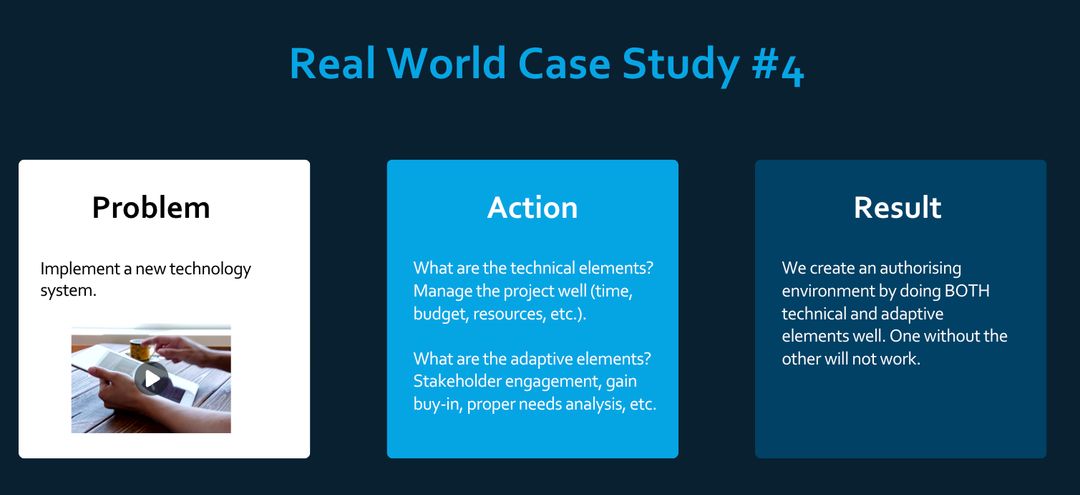
SLIDE 65: NANA’S CAR AND SOCIETY WIDE ADAPTIVE CHALLENGES
(Insert own facilitator story if possible)
Example 1: Nana and her car
86 years old, very active, volunteered 50 hours per week. However, we started to noticed dents and scratches on her car.
What is the technical elements of this scenario? (get the car fixed, get taxi vouchers, etc.).
What are the adaptive elements? (having to have a conversation with Nana and help her re-orient/shift her identity around being a strong independent woman who didn’t need to rely on anyone for anything – in fact she was fit enough to work for 50 hours for other people!).
In practice, of course, most challenges have both an adaptive and a technical component. They don’t come with a big ‘A’ or ‘T’ stamped on them for our convenience!
Systems will do whatever it takes to maintain the status quo.
Example 2: Society wide adaptive challenges
Ian Kiernan, the environmentalist who founded Clean Up Australia, has died at 78 after losing his battle with cancer.
Mr Kiernan was an avid sailor, and in 1986, represented Australia in the BOC solo around-the-world yacht race. It was during this nine-month long journey at sea that Mr Kiernan, horrified at the rubbish he saw, decided to do something about it and started Clean Up Australia.
Clean Up grew from his first event in 1989, organised with the support of Mr Kiernan’s friends, to an organisation that involves over 40 million people from 120 countries.
Clean Up Australia announced his death this morning. “It is with deep sadness that Clean Up Australia announces the death of our beloved founder and Chairman,” it said in a statement. “Ian Kiernan fought valiantly, working with the team at Clean Up to put in place plans to protect his legacy.
Clean Up the World was founded by Ian Kiernan AO. Ian was a keen yachtsman and during a solo around-the-world yacht race in 1987, was appalled by the amount of rubbish choking the world's oceans. He saw its devastating effects on nature and decided to take action. With the support of a committee of friends, he organised a community event – Clean Up Sydney Harbour. In 1990, Clean Up held the first national, community-based clean up day that is now part of the Australian calendar. Clean Up Australia Day was so successful, that Ian and his team decided to share this vision with the global community. In 1993, Clean Up the World was launched mobilizing 30 million people in 80 countries, with the support of the United Nations Environment Programme.
"For 25 years, community groups around the globe have come together to take action.
Their willingness to do something to help protect and care for their precious environments is fantastic.
Other examples….
Recidivism: Are we ever not going to need gaols? Technical solution is to…’lock them up and throw away the key’ but it doesn’t address the deeper, messier, harder drivers like housing, employment, good parenting, support networks, etc.
Poverty: What is the solution? Very complex.
SLIDE XX: NO PERSON HAS ALL THE ANSWERS….
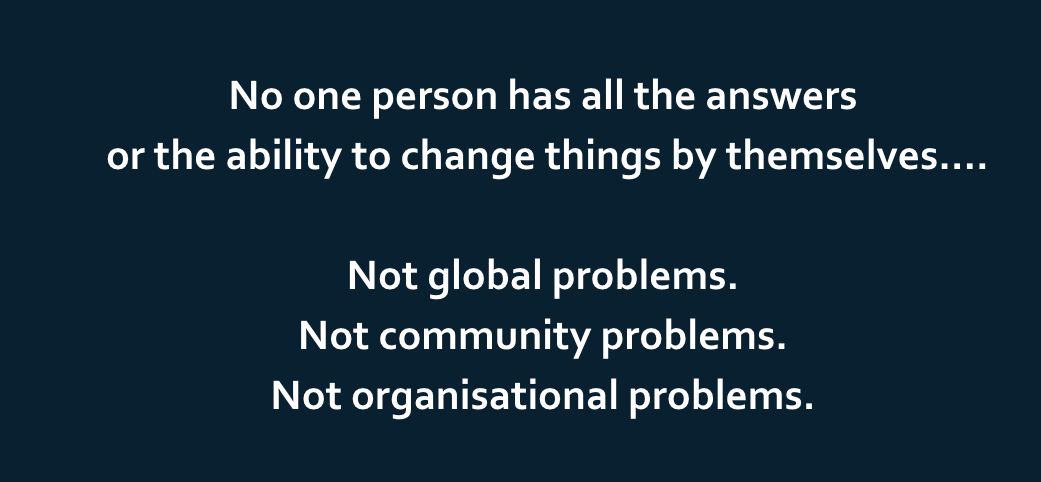
SLIDE XX: DEFINITION
Adaptive Leadership is the practice of mobilising people to tackle tough challenges and thrive.
We can’t do it alone – we need to be able push authority out in to the organisation and mobilise people at the local level (remember the submarine video?).
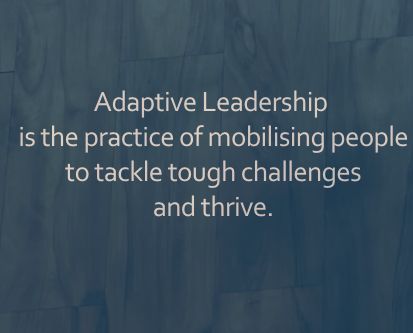
SLIDE XX: SUMMARY OF THREE LENSES
People gravitate toward interpretations that are technical rather than adaptive, benign instead of conflictual, and individual rather than systemic.
You can begin by noticing when members of your organisation are doing this, and simply by pointing it out. Signs of unproductive interpretation crop up in the way people talk about the situation.
Our role is to nudge people from the left to the right.
In addition to interpreting reality in ways that suggest easy, painless solutions, people look mostly to their immediate environment for information to determine what’s going right and wrong in their organisation (for instance, staff competence and company rules). What is in your immediate environment will tend to occupy most of your time and energy. Of course, it is natural that you would want to use what you see around you to make sense of the world, to use the data that is right before your eyes. But this tendency can cause you to stay on the left-hand side of the chart—in particular, to interpret problems as technical and individual rather than adaptive and systemic.
SLIDE XX: REFLECTION
Reflection - What elements of your project is technical / adaptive (or challenge they have identified as part of the pre-work)?
Debrief.
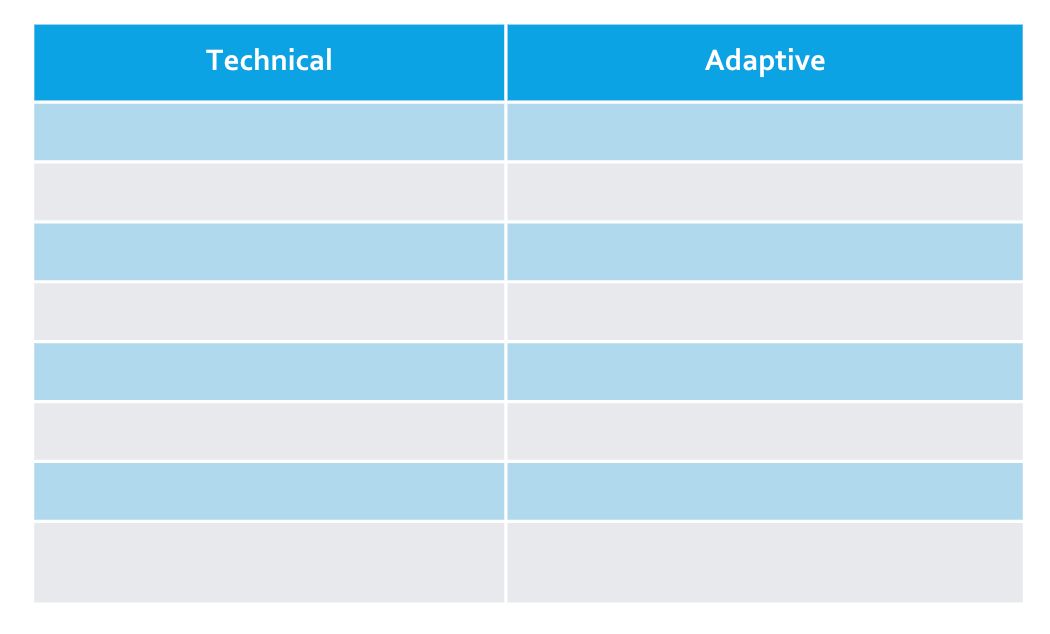








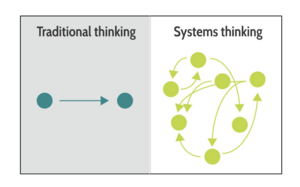











Comments (0)